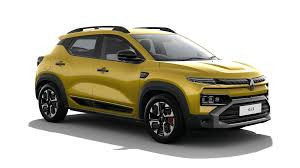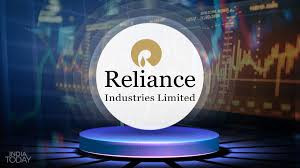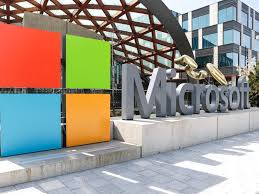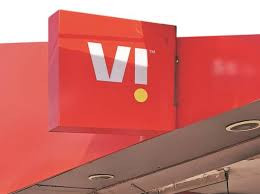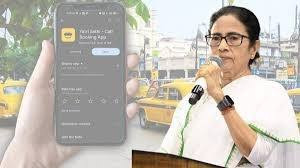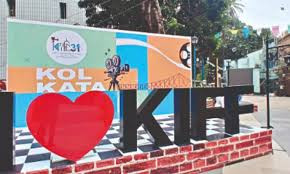Survey Finds One-Third of Digital Payments in India Are Made via Credit Cards and EMIs
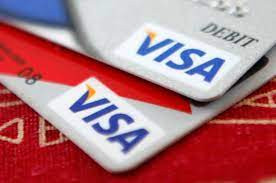
IIE DIGITAL DESK : recent consumer behavior survey has revealed that nearly one-third of digital payments in India are now driven by credit cards and Equated Monthly Installments (EMIs), indicating a rising trend toward credit-based transactions in the country’s rapidly evolving digital economy. As the usage of smartphones, fintech platforms, and online retail continues to surge, Indian consumers are increasingly opting for flexible and credit-driven payment methods.
The survey, conducted by Home Credit India, a leading consumer finance provider, involved responses from over 1,500 participants across 16 Indian cities. The respondents, aged between 18 and 55 years, had an average monthly income of ₹30,000. The findings present a clear shift in payment preferences, especially among millennials and Gen Z users, who are embracing digital credit tools for their purchases and financial planning.
The data indicates that EMI cards are the most preferred credit option, with over 50% of respondents choosing them over other methods for shopping and bill payments. Credit cards followed as the second most common choice, accounting for about 25% of usage. Meanwhile, Buy Now, Pay Later (BNPL) platforms made up a smaller fraction of credit-related payments, standing at just 10%. The overall takeaway from the report is that 33% of India’s digital payments are now being powered by these credit-based channels.
One of the most significant insights from the survey is the growing interest in embedded finance solutions. Around 60% of young respondents from Tier 1 and Tier 2 cities expressed their preference for converting online purchases into EMIs. This trend reflects the appeal of manageable monthly installments over large one-time payments, especially for high-value items like electronics, home appliances, and travel expenses.
India’s overall credit card market is also witnessing steady growth. According to the Reserve Bank of India and industry data, more than 100 million credit cards are currently in circulation, with a significant rise in adoption in both metro cities and smaller towns. Furthermore, the integration of UPI with credit card services, introduced in 2022, has expanded the reach of credit access. UPI-enabled credit cards now lead in transaction frequency, recording more than 40 average monthly transactions per card, significantly higher than traditional usage levels.
This digital credit boom is being seen as a sign of a maturing consumer base in India, where financial literacy, trust in fintech, and the desire for convenience are driving rapid change. While credit usage in the past was limited to a small segment of the urban population, today’s landscape shows a more democratized access to financial products, fueled by technology and digital outreach.
The rising dependence on credit cards and EMIs for everyday purchases and bills highlights an important shift in how Indians perceive spending and savings. As credit-based digital payments continue to grow, financial institutions and digital platforms are expected to innovate further, offering more personalized and accessible lending solutions for consumers across the country.
You might also like!







